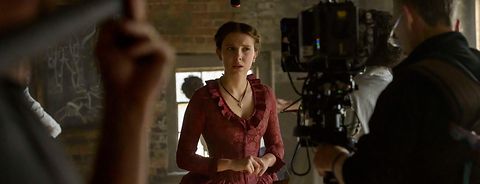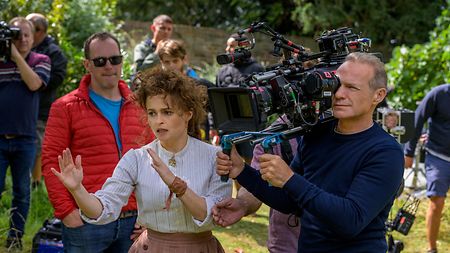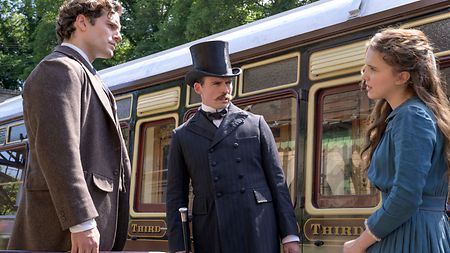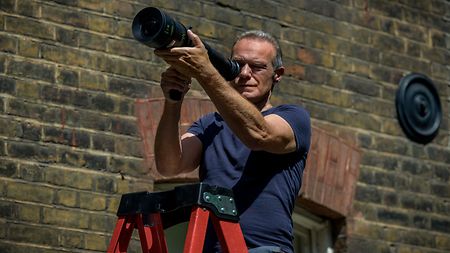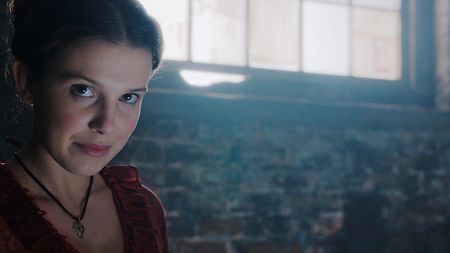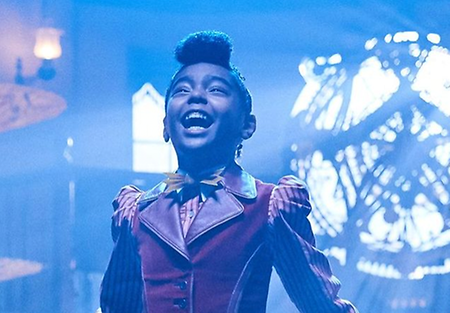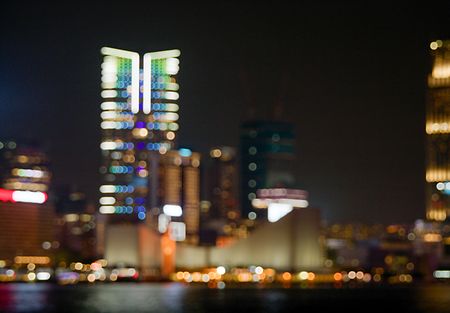Based on the first book of a series by Nancy Springer and set in the Victorian England of Arthur Conan-Doyle’s legendary detective, “Enola Holmes” is a fun, energetic, adventure film with multi-generational appeal. Directed by Harry Bradbeer and starring Millie Bobby Brown, Henry Cavill, and Sam Claflin as the Holmes siblings, it was shot in large format by Giles Nuttgens BSC with ALEXA LF cameras and Signature Prime lenses supplied by ARRI Rental. Nuttgens spoke to us from his home in Spain about the project.
What made you choose large format and ALEXA LF?
Working on digital I have generally used ALEXAs, particularly the ALEXA Studio, since I am used to operating with an optical viewfinder, as on a film camera. Three years ago I shot “Colette” with Keira Knightley, which is set in the same period as “Enola Holmes,” on an ALEXA Studio with ARRI Master Anamorphics, chosen for their speed and flare characteristics because much of the film was shot with candlelight.
But with the 2.8K ALEXAs I was getting more and more careful about underexposure. You’d get a great result if you had a really good digital negative, but I never felt I could push it as much as I wanted in low key situations. It would look great on the monitor, which has solid blacks, but on digital projection it could look flat and often you’d have to be quite careful to avoid noise. I wasn’t going to stop shooting ALEXA as I still felt it was the best camera available, but I was hoping they would produce a higher resolution ALEXA. When the LF came out, I immediately wanted to try it.
